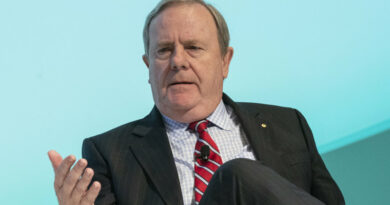Exclusive: Pfizer COVID-19 vaccine supply to the EU about 10 million doses short of plan -sources
BRUSSELS (Reuters) – Pfizer Inc has not yet delivered to the European Union about 10 million COVID-19 vaccine doses that were due in December, EU officials said, leaving it about one-third short of the supply it had expected from the U.S. drugmaker.
The shortfall is another blow to the EU, which has also been hit by delays in vaccine deliveries from Britain-based AstraZeneca Plc and U.S. biotech Moderna Inc. It had also faced earlier delays with the shot from Pfizer.
The situation raises questions about the rationale of an EU vaccine export control scheme set up in late January to ensure timely deliveries that has not yet been activated, despite the supply shortfalls.
This week, Pfizer delivered to the EU 4.8 million doses of the COVID-19 vaccine it developed with German partner BioNTech, according to an EU official who is directly involved in talks with the U.S. company.
That takes the total to about 28 million doses of the two-shot vaccine, one of the EU officials and a source familiar with the matter said.
That is still about 10 million doses less than Pfizer had promised to supply since the rollout began late last year, the EU official said.
A second EU official involved in talks with vaccine makers confirmed the shortfall but said the companies had committed to delivering those doses by the end of March.
Pfizer declined to comment, saying schedules of its deliveries were confidential. The executive European Commission did not respond to a request for comment on delivery shortfalls.
EU officials have said Pfizer committed to delivering 3.5 million doses a week from the start of January. This week’s larger delivery suggests the company is increasing supplies to make up for an earlier shortfall.
About 5 million doses will be delivered next week and in the first week of March, one of the officials said.
In mid-January, there was a temporary hiccup in supplies. EU officials said that was largely resolved last month..
The Pfizer/BioNTech vaccine was approved for use in the EU on Dec. 21. The following day, BioNTech said the companies would ship 12.5 million doses to the EU by the end of the month..
Only a portion of those doses due in December have been delivered, the EU officials said.
But the source familiar with the matter said that under the agreement with the EU, 12.5 million doses that BioNTech earmarked in December for the bloc were included in the delivery target for the first quarter of 2021.
It was not immediately clear how the difference in schedules came about, but it highlights the complexity of supply deals as governments around the world scramble to secure shots to curb the pandemic.
The EU has two contracts with Pfizer for the supply of 600 million vaccine doses.
TRADE FLOWS
Although the EU’s own supplies have fallen short, the European Commission has approved all requests for export of COVID-19 vaccines – mostly from Pfizer/BioNTech – since it set up its mechanism to monitor flows.
In the period between Jan. 30 and Feb. 16, the EU gave the green light to 57 requests for vaccine export to 24 countries, including Britain and the United Arab Emirates (UAE), a Commission spokeswoman said on Wednesday.
Before the monitoring scheme was set up, the bloc had already exported millions of vaccine doses to Israel, Britain and Canada among others, according to customs data cited in a EU document seen by Reuters.
Israel has inoculated more than 75% of its population, including first and second doses, figures from University of Oxford-based Our World in Data show. The UAE has administered vaccines to around 50% of its population and for Britain it is above 20%. EU countries on average stand at about 5%.
Countries with a high number of inoculations are already vaccinating people not among the most vulnerable, while many of those most in need elsewhere have not received a shot.
The World Health Organization has set the target of inoculating 20% of poor countries’ population by the end of the year.
Source: Read Full Article

